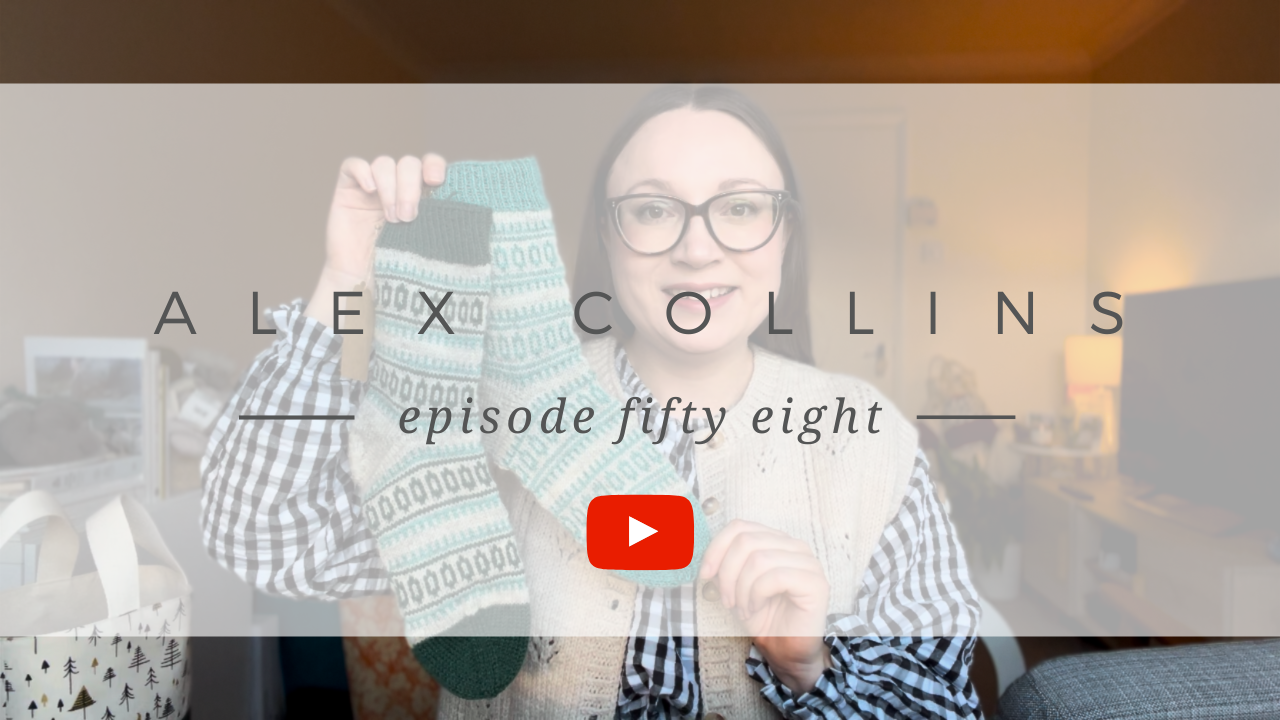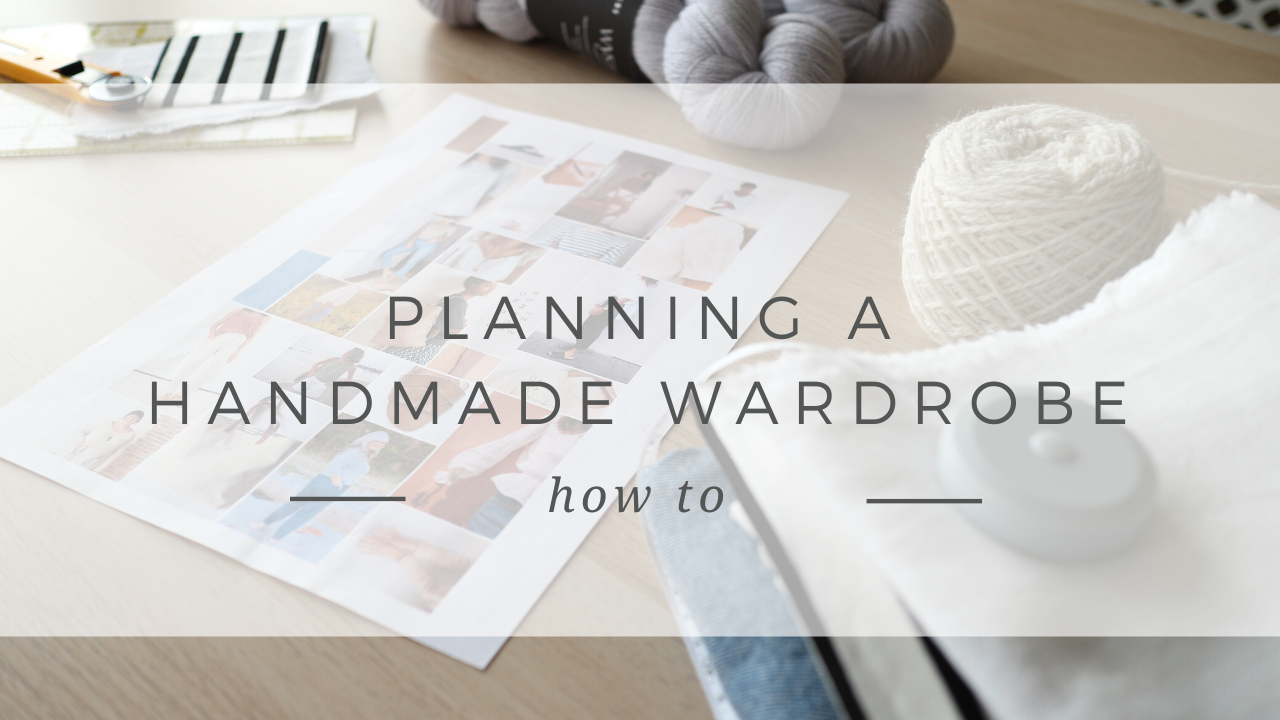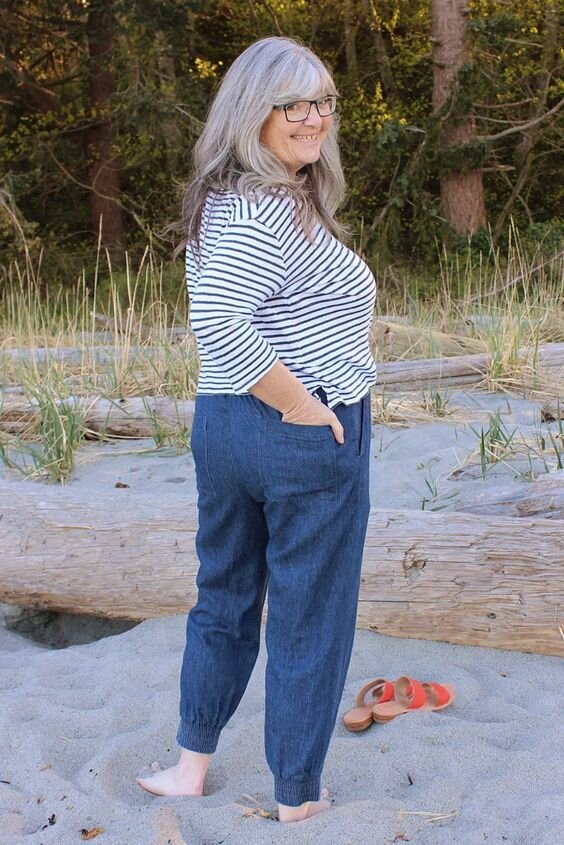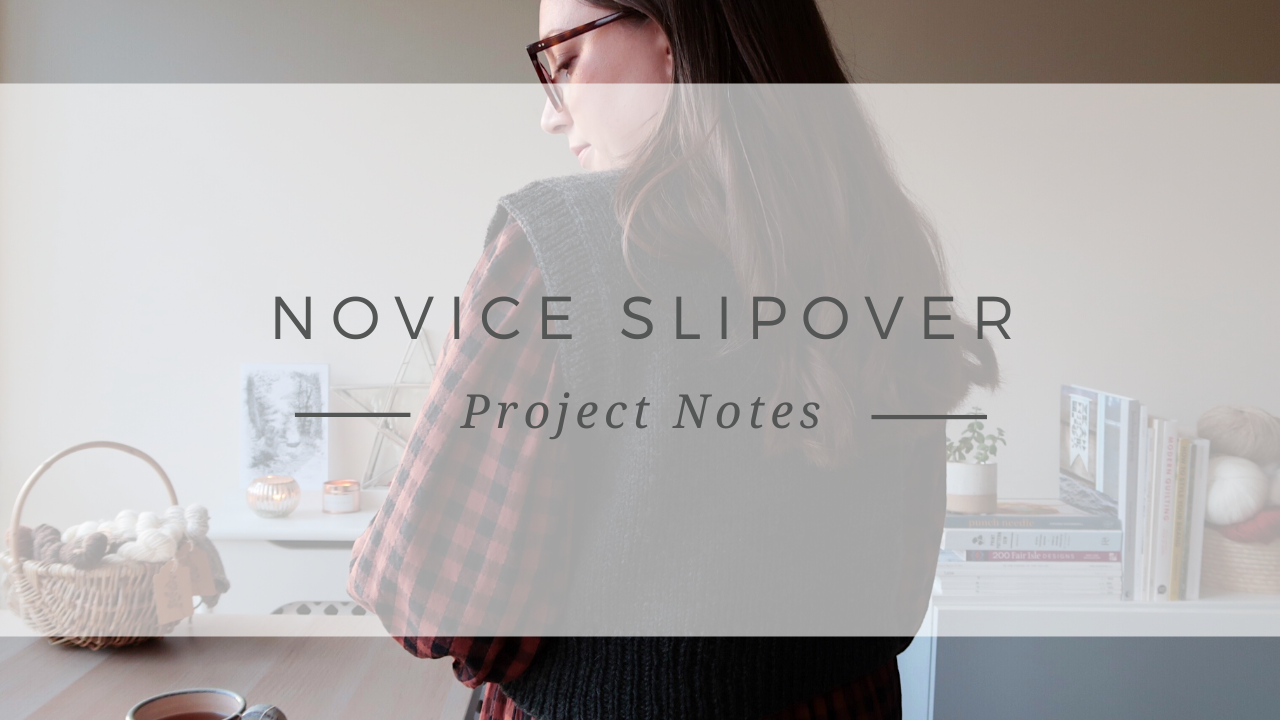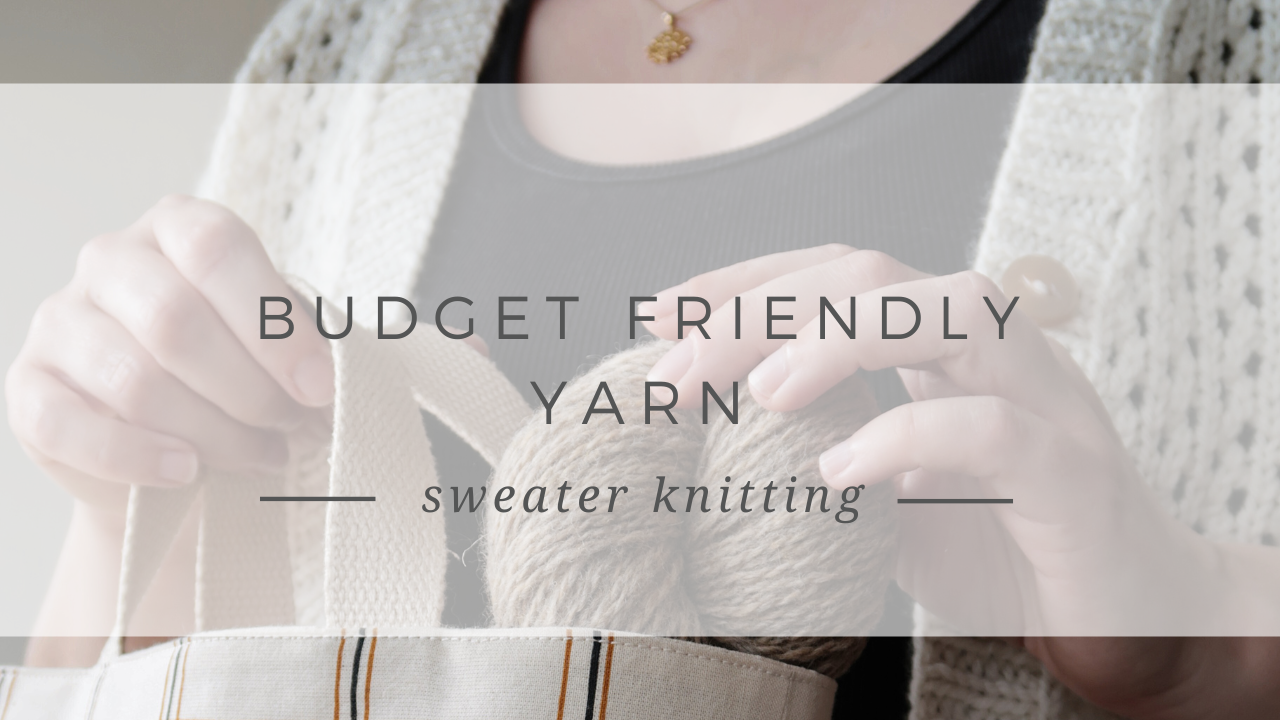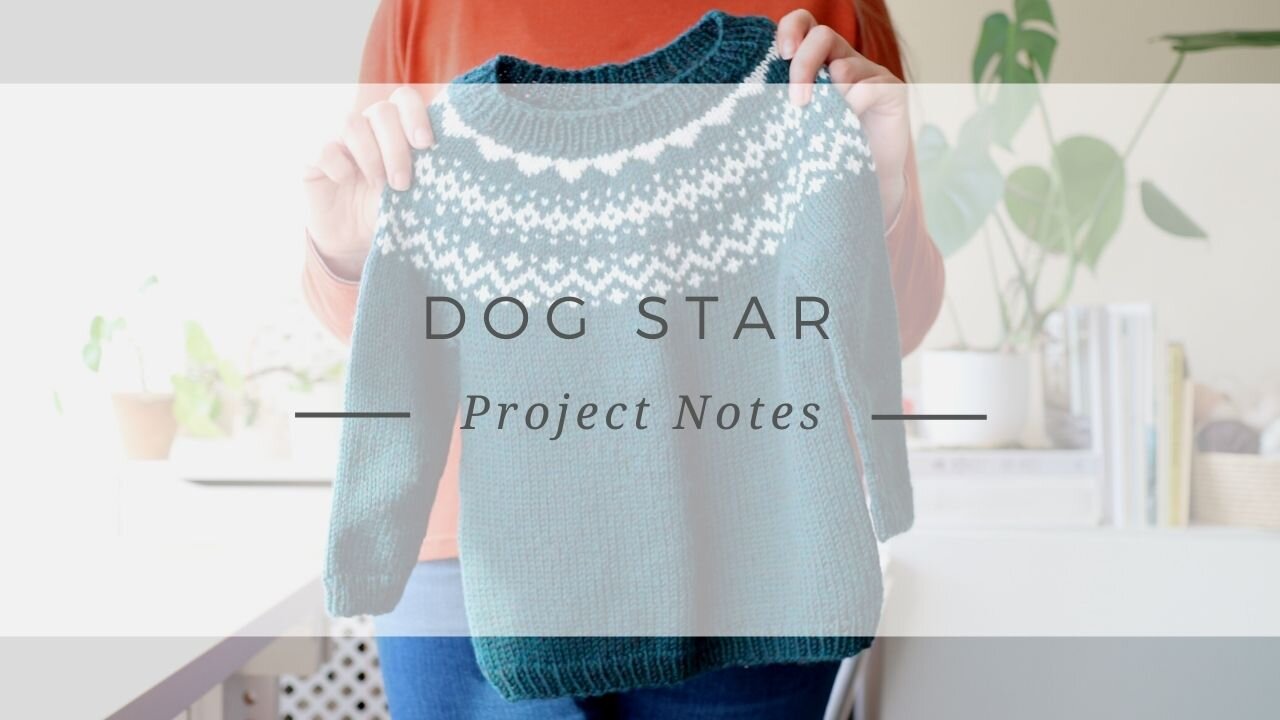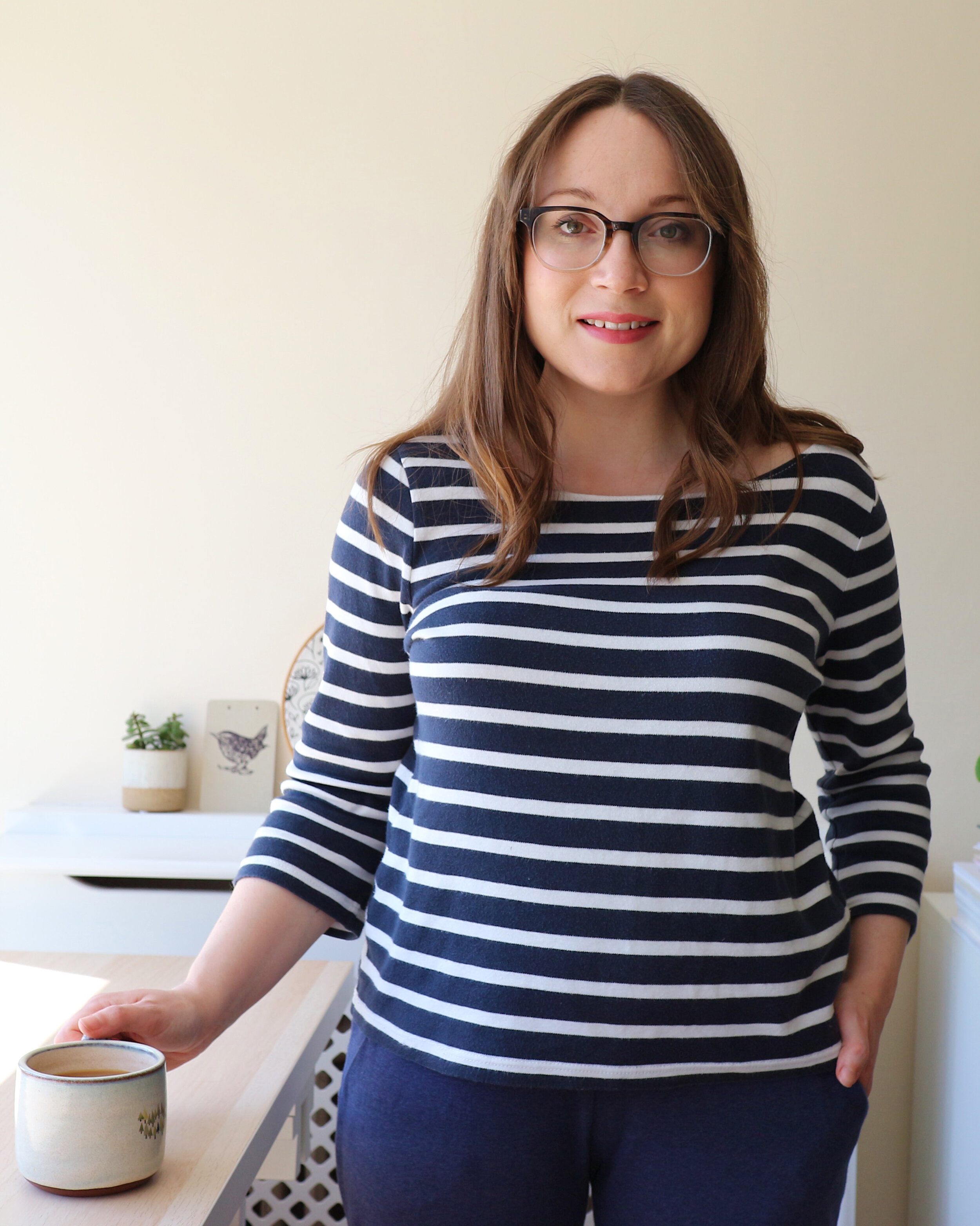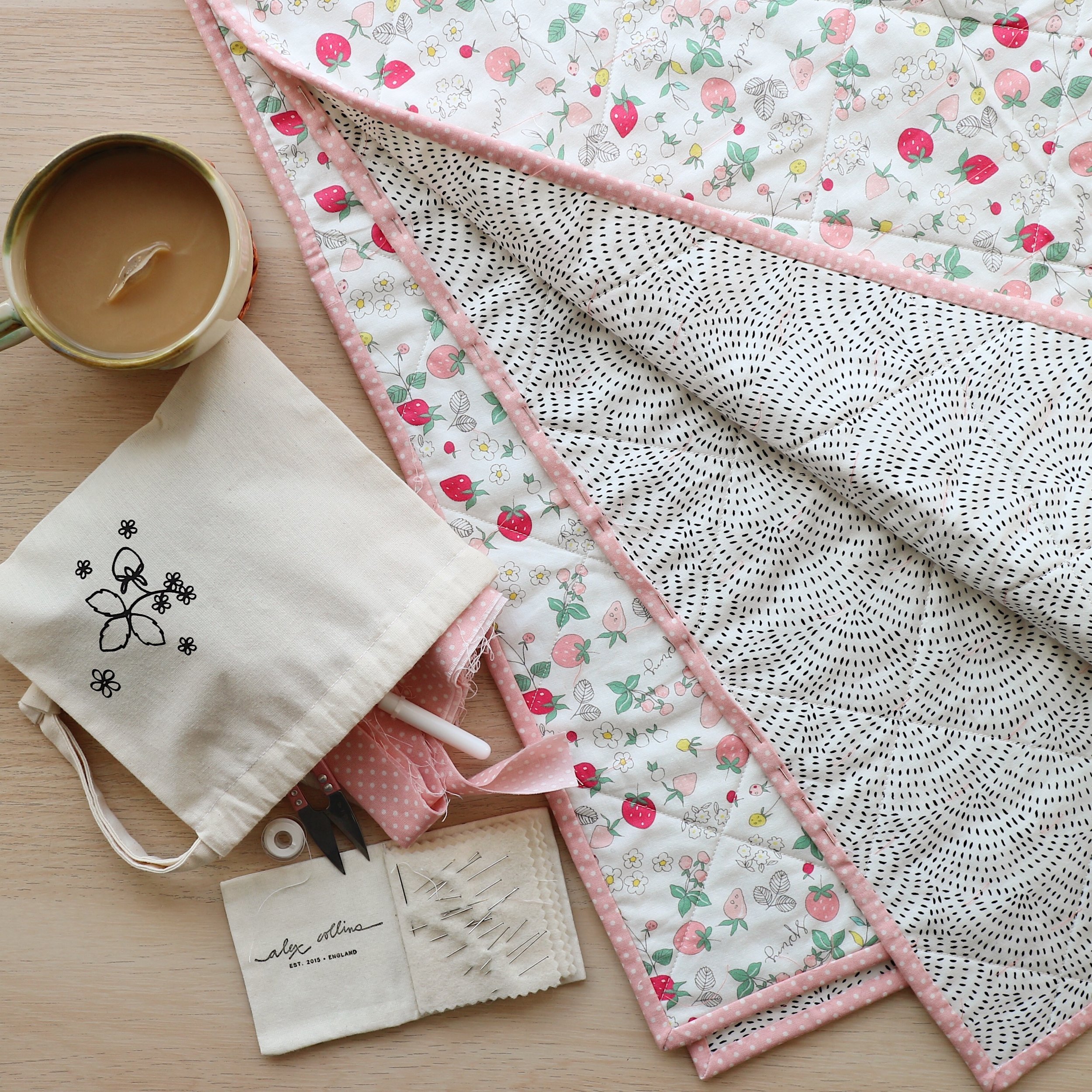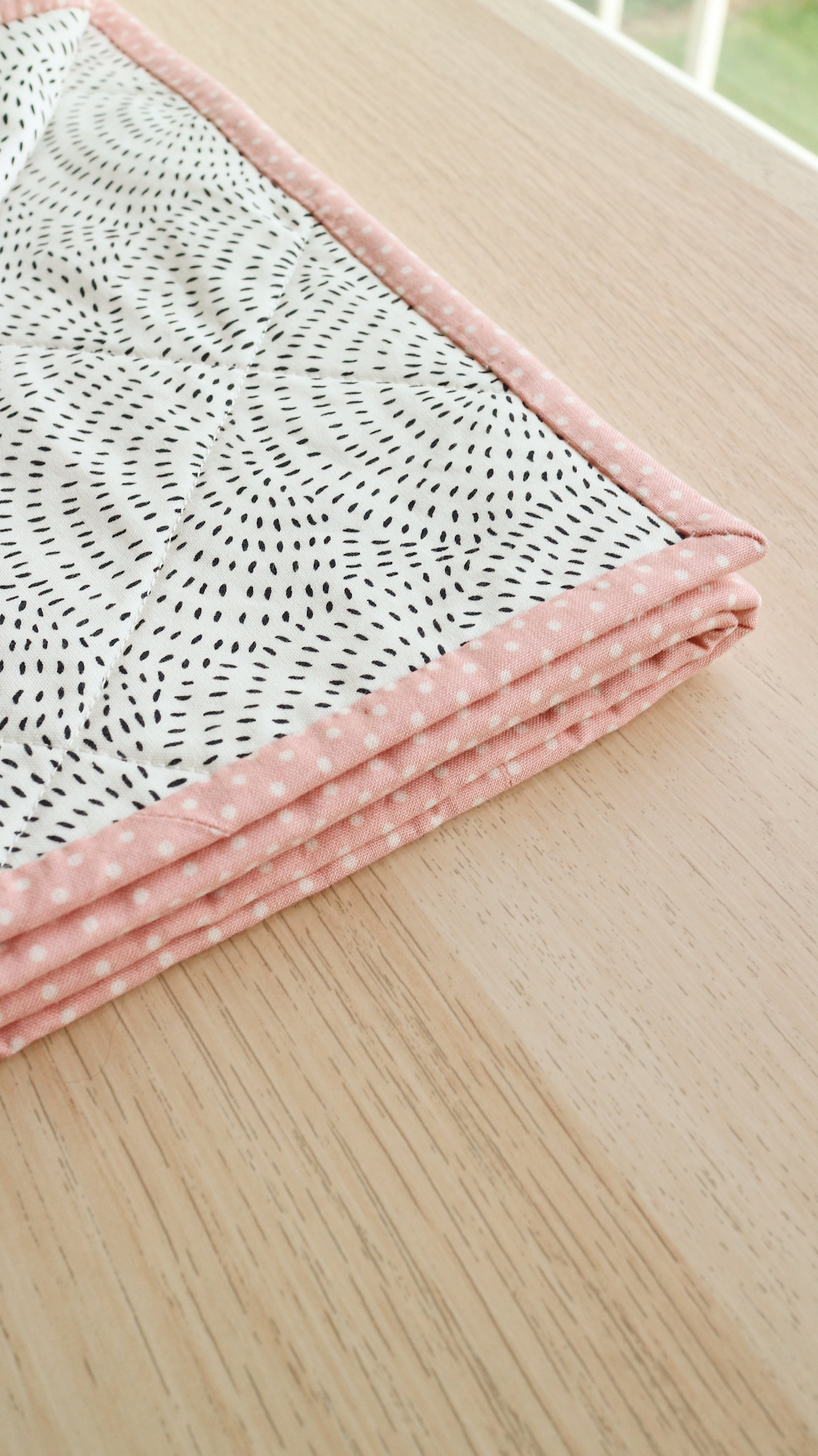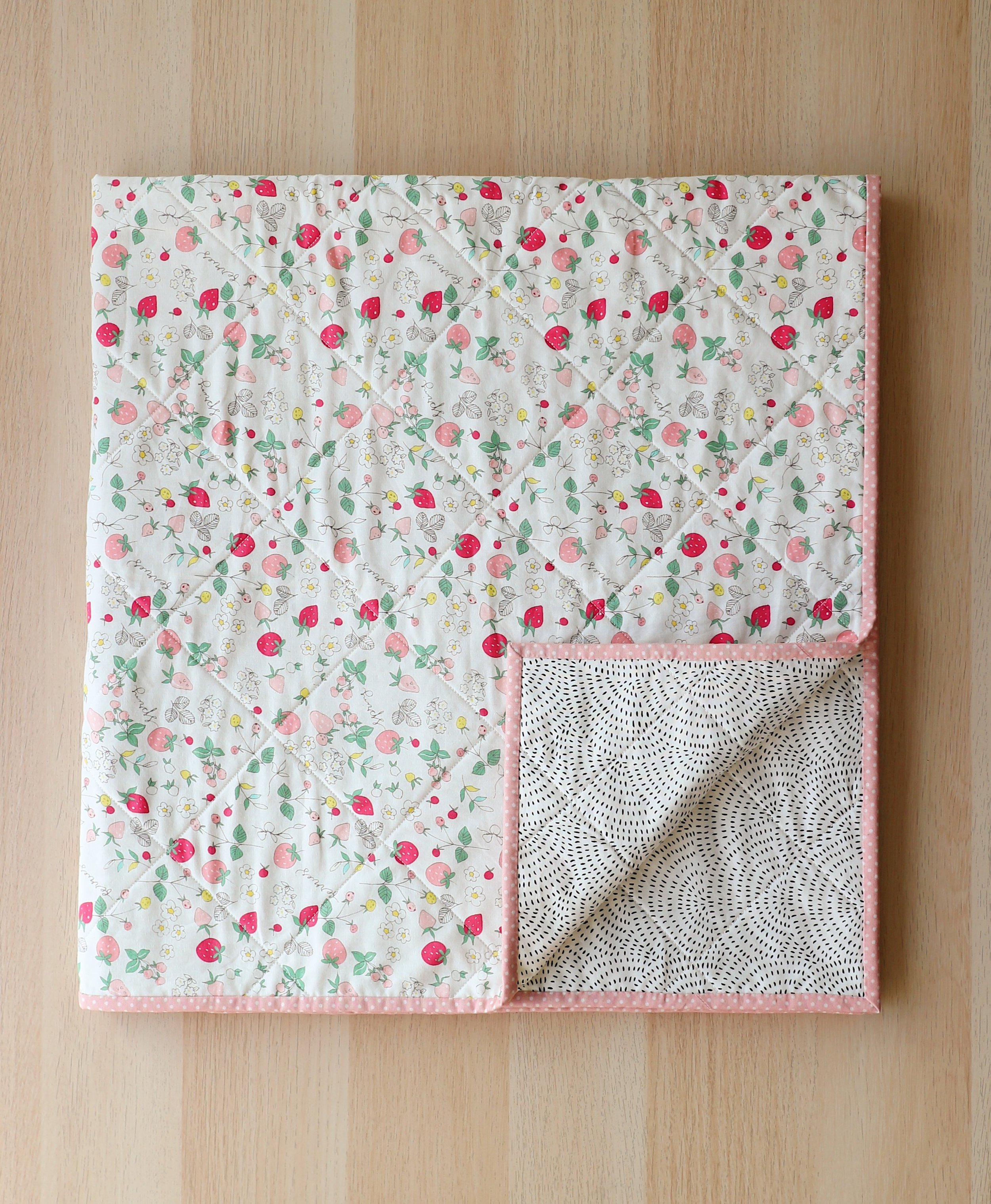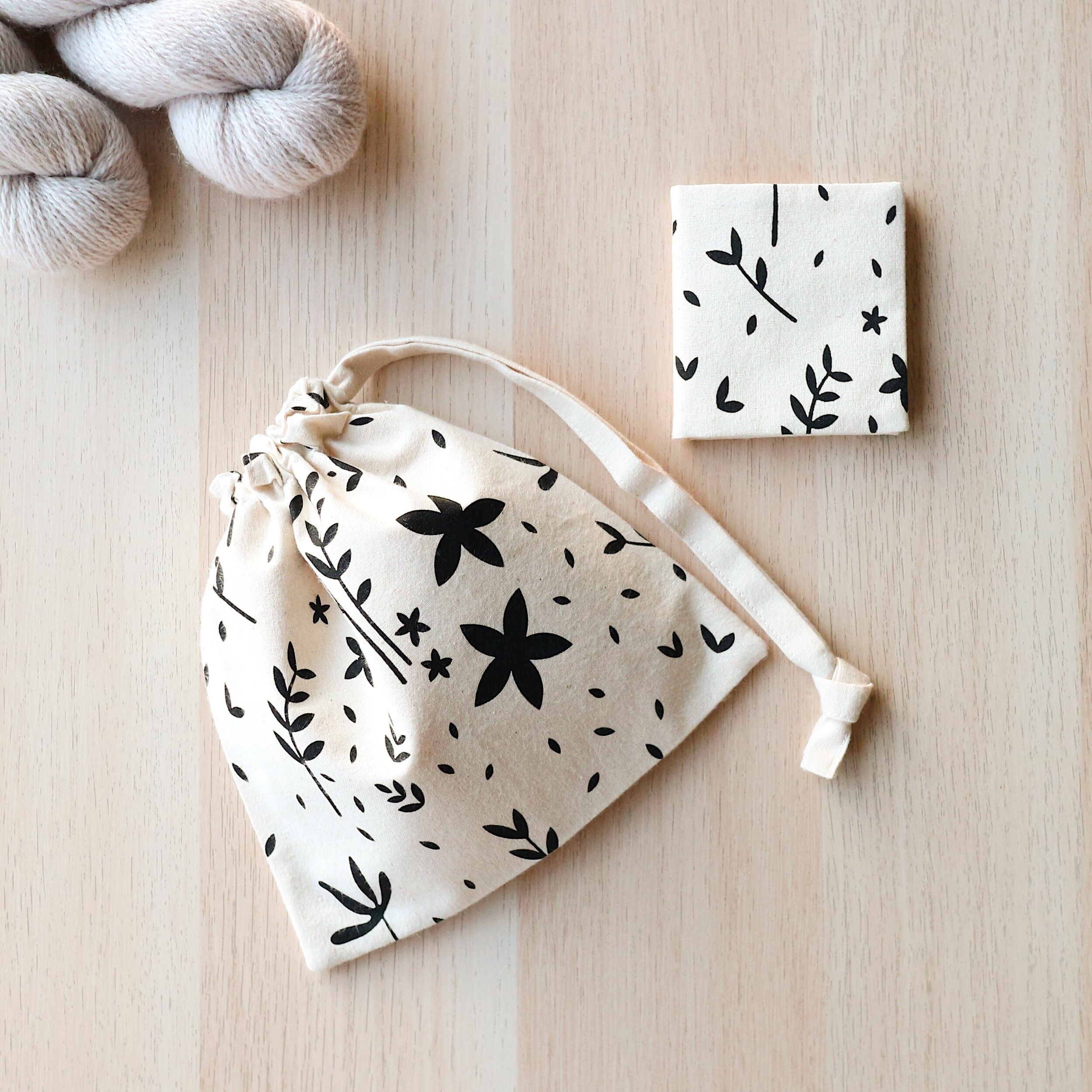Hello friends, welcome to episode fifty-nine of my knitting and sewing podcast! If you're interested to learn more about any of the pieces I share in this episode you can find all the details below.
If you'd like to get the show notes straight to your inbox each time I post a new video to my YouTube channel you can join my show notes mailing list.
WHAT I'M WEARING
The Davenport Dress by The Friday Pattern Co. sewn using needle cord fabric from Orya Textiles
Mods: Skirt panel 1 length - 16.5” + seam allowance, Skirt panel 2 length 13.5” + seam allowance.
Pebble Beach Shawl by Helen Stewart of Curious Handmade in Woolly Mammoth Fibre Company Hearth Sock in Really Roasted Chestnut
WHAT I'VE BEEN KNITTING
Weekend Hat by Hiromi Nagasawa knit using Sandnes Garn Double Sunday in 4018
Homesweet Socks by Alicia Plummer knit using John Arbon Exmoor Sock 4ply in Bell Heather and Mizzle
Wild Joy by Samantha Guerin knit using Filcolana Peruvian Highland Wool in Charcoal (melange) 956, Very Light Grey 957, Off White 101, Red Squirrel 352.
EVENTS
The Sodbury Yarn Over, Bristol - Sat 12 & Sun 13th April 2025
Southern Wool Show, Newbury - Sat 30th & Sun 31st August 2025
MENTIONS
Woollen Wytch Bluefaced LeicesterFibre
SHOP UPDATE
As you saw me mention in this podcast episode I sell project bags and knitting accessories for makers. See what's available in the shop today or email me to request a custom order.
Thanks again for watching. Until next time, Alex x
Want a better view of the knitting?
When watching a video, click the gear icon bottom right to open ‘Settings’ and click on ‘Quality’ to make sure 1080p HD is selected. This will give you a nice clear picture when watching my channel.


